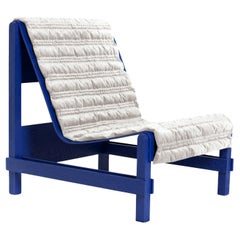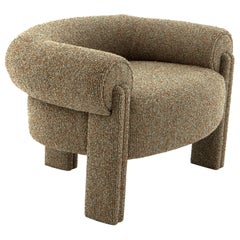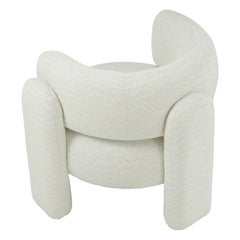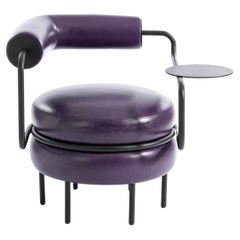Turkish Armchairs
2010s Turkish Armchairs
Fabric, Mohair, Upholstery, Wood, Beech
2010s Modern Turkish Armchairs
Wood, Oak
2010s Organic Modern Turkish Armchairs
Walnut
2010s Organic Modern Turkish Armchairs
Walnut
2010s Arts and Crafts Turkish Armchairs
Beech
2010s Mid-Century Modern Turkish Armchairs
Leather, Fabric
2010s Arts and Crafts Turkish Armchairs
Wood
2010s Arts and Crafts Turkish Armchairs
Wood
2010s Arts and Crafts Turkish Armchairs
Leather, Cane, Wood
2010s Arts and Crafts Turkish Armchairs
Cane, Wood
2010s Organic Modern Turkish Armchairs
Walnut
20th Century Modern Turkish Armchairs
Leather, Wood
2010s Turkish Armchairs
Fabric, Upholstery, Wood, Burl
2010s Modern Turkish Armchairs
Metal, Brass
2010s Organic Modern Turkish Armchairs
Walnut, Leather, Fabric, Wood
2010s Modern Turkish Armchairs
Upholstery, Foam, Wood
2010s Post-Modern Turkish Armchairs
Fabric, Teak
2010s Modern Turkish Armchairs
Wood, Oak
2010s Turkish Armchairs
Wool, Silk, Velvet
2010s Arts and Crafts Turkish Armchairs
Cane, Wood
2010s Arts and Crafts Turkish Armchairs
Beech
2010s Turkish Armchairs
Fabric, Mohair, Upholstery, Wood, Beech
2010s Arts and Crafts Turkish Armchairs
Cane, Wood
2010s Turkish Armchairs
Fabric, Upholstery, Wood, Burl
2010s Organic Modern Turkish Armchairs
Beech
2010s Turkish Armchairs
Fabric, Upholstery, Cane, Wood, Beech
2010s Turkish Armchairs
Fabric, Upholstery, Cane, Wood, Beech
2010s Arts and Crafts Turkish Armchairs
Beech
2010s Mid-Century Modern Turkish Armchairs
Upholstery
2010s Turkish Armchairs
Fabric, Upholstery, Wood, Burl
2010s Turkish Armchairs
Fabric, Upholstery, Wood, Burl
2010s Turkish Armchairs
Fabric, Mohair, Upholstery, Wood, Beech
2010s Mid-Century Modern Turkish Armchairs
Leather, Fabric
2010s Arts and Crafts Turkish Armchairs
Cane, Wood
2010s Mid-Century Modern Turkish Armchairs
Upholstery, Wood
2010s Arts and Crafts Turkish Armchairs
Wood
21st Century and Contemporary Scandinavian Modern Turkish Armchairs
Fabric, Wood, Oak
21st Century and Contemporary Turkish Armchairs
Bronze, Stainless Steel
2010s Arts and Crafts Turkish Armchairs
Wood
2010s Arts and Crafts Turkish Armchairs
Wood
2010s Modern Turkish Armchairs
Fabric, Faux Leather
2010s Organic Modern Turkish Armchairs
Fabric, Bouclé, Cotton, Upholstery, Foam, Hardwood
2010s Arts and Crafts Turkish Armchairs
Metal
2010s Arts and Crafts Turkish Armchairs
Cane, Wood
2010s Arts and Crafts Turkish Armchairs
Wood, Fabric
2010s Mid-Century Modern Turkish Armchairs
Upholstery
2010s Modern Turkish Armchairs
Upholstery, Foam, Wood
2010s Modern Turkish Armchairs
Fabric, Beech, Lacquer
2010s Arts and Crafts Turkish Armchairs
Wood
2010s Arts and Crafts Turkish Armchairs
Wood
21st Century and Contemporary Turkish Armchairs
Metal, Bronze
2010s Modern Turkish Armchairs
Metal
2010s Minimalist Turkish Armchairs
Fabric, Bouclé, Upholstery, Foam, Hardwood
21st Century and Contemporary Modern Turkish Armchairs
Fabric, Wood
2010s Modern Turkish Armchairs
Upholstery, Foam, Wood
2010s Minimalist Turkish Armchairs
Fabric, Bouclé, Upholstery, Foam, Hardwood
2010s Arts and Crafts Turkish Armchairs
Wood
2010s Mid-Century Modern Turkish Armchairs
Upholstery
2010s Post-Modern Turkish Armchairs
Aluminum
2010s Post-Modern Turkish Armchairs
Aluminum





